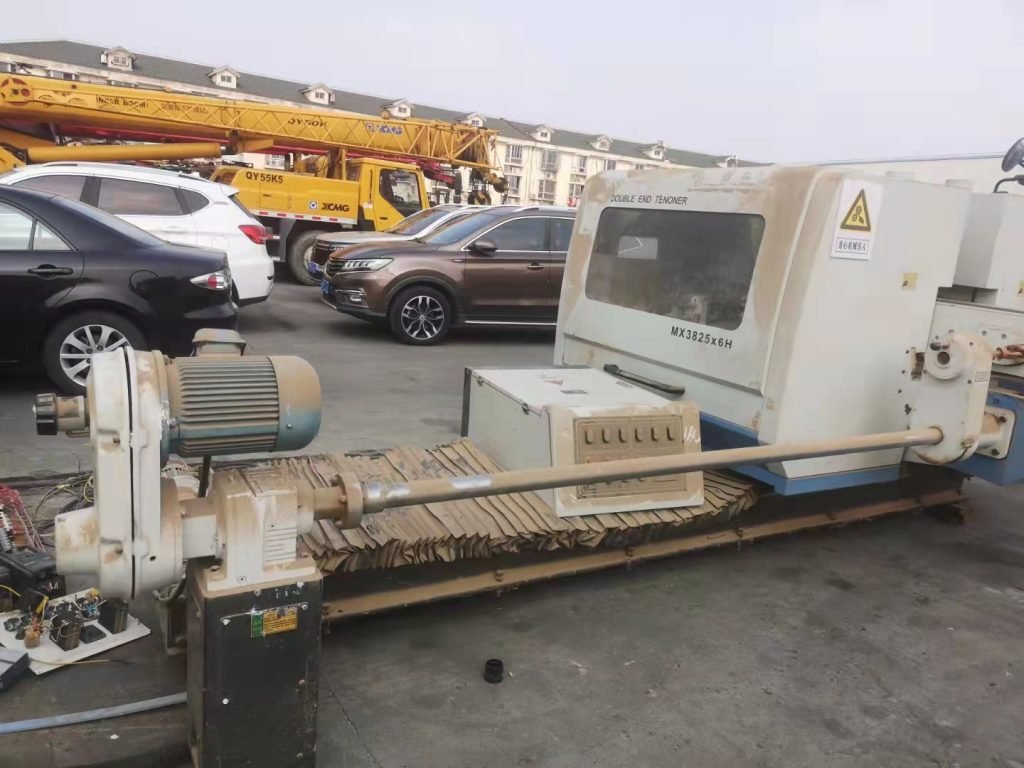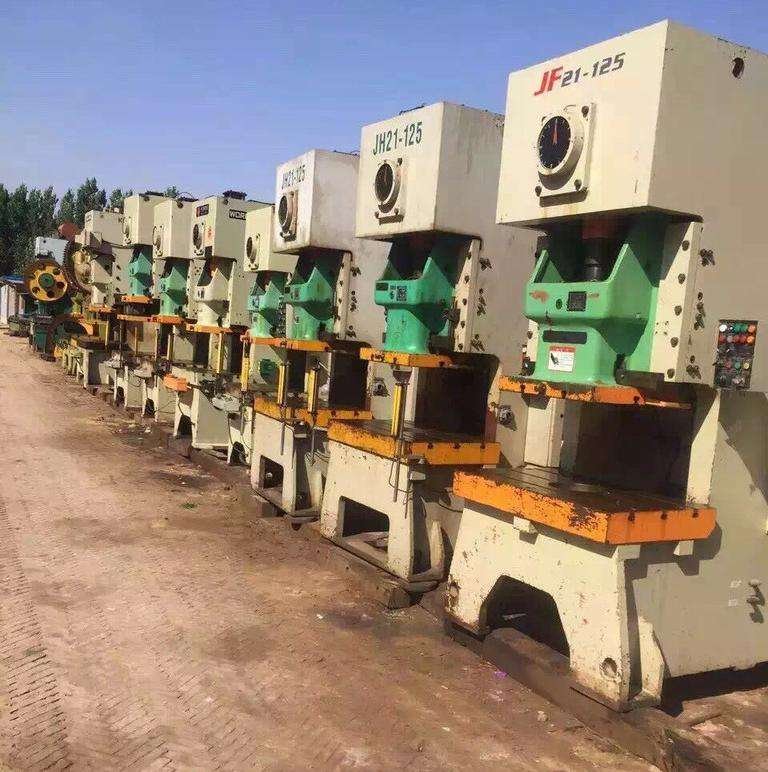We often encounter customers who need to import and export goods in large quantities on a daily basis. The following case is about customers exporting machinery to Vietnam. We optimize the logistics plan based on customer needs. Safely and quickly deliver goods from China’s export to their destination.
The customer is an enterprise in Yixing, Wuxi. Recently, a batch of second-hand equipment needs to be exported to Haiphong, Vietnam. A total of 22 second-hand equipment need to be exported, including 12 old automatic lathes, 2 old instrument cars, 1 old air compressor, 1 old cutting machine, and other auxiliary polishing machines. The customer requests our company to assist in completing export customs declaration, export sea freight, and customs clearance and delivery to the door of Haiphong Port, Vietnam.
The customer has high requirements for the entire export process, logistics costs, and cargo loading and unloading. After several face-to-face communications, the customer finally decided to entrust the export agency to our company. Subsequently, our staff arranged for booking and booking trailers. On the day of container loading, the staff personally visited the site to supervise the loading of the goods. Due to the high customs clearance requirements for second-hand equipment imports in Vietnam, all second-hand equipment entering Vietnam must be within ten years, and each equipment must undergo on-site customs inspection and confirmation before it can be smoothly released. Our staff pay attention to details, assist in checking whether the nameplate of internal equipment accessories has been safely removed, assist in finding packaging companies to come to the factory for box nailing operations, assist in on-site supervision of loading operations, and so on. After several hours of non-stop on-site command and coordination, this batch of equipment was successfully loaded and towed to the Container port, ready to go through the export declaration formalities.

Before loading and unloading the container, our staff should promptly understand the customs declaration status, keep in touch with customers in real time, and grasp the status of export customs clearance, the loading time of goods, and the approximate time of sea freight arrival at Haiphong Port in Vietnam. Strictly follow the customer’s requirements and cooperate with the Vietnamese customs clearance agent to prepare shipment data. Timely transmit the documents required for Vietnamese customs clearance to the Vietnamese agent through email until mutual recognition and satisfaction between the shipping company and the customer. Finally, the export sea freight operation of this batch of second-hand equipment project was successfully completed.
Summarize some logistics knowledge about exporting from China to Vietnam
Materials that need to be prepared in advance for customs clearance of second-hand equipment exported to Vietnam:
Product name, purpose, working principle, and photos. Upon finding the corresponding HS code, it is confirmed that it can be declared for export. Information on the consignee and shipper, import and export business rights, information related to export equipment (such as product name, quantity, number of boxes, product specifications, net weight, gross weight, brand, model), international trade contracts, formal invoices, packing documents, sea/air/land bills of lading, product name, equipment purpose, processing method, degree of newness, etc.
The general process for exporting second-hand equipment to Vietnam by sea is as follows:
(1) Develop operational plans, calculate operational costs, and based on the equipment list provided by domestic (such as factories in Shenzhen and Dongguan) exporters, develop operational plans and calculate operational costs.
(2) Entrusting a customs declaration company to complete these tasks usually involves exporting old equipment to Vietnam for door-to-door customs clearance operations.
(3) Book the warehouse and transport the container to the factory for loading.
(4) Export declaration procedures for entering China and transporting machines to Vietnam.
(5) Vietnam import declaration, tax payment, pick-up and return of goods to container

Experience summary:
(1) Before exporting, provide a detailed list of the exported machines and confirm in advance whether the machines can be smoothly cleared after arrival at the port. Are there any special precautions that need to be taken.
(2) Information required by the machine: product name, specification, model, photo, purpose, nameplate photo, and value of the machine
(3) Photo requirements: one front of the machine, one side, one nameplate, and one machine and nameplate
(4) Exporting large types of mechanical equipment requires confirmation of lifting to facilitate transportation and lifting work.
(5) If there are mechanical equipment packaged in wooden boxes, the outer packaging should indicate the equipment nameplate for easy inspection..
(6) Vietnam stipulates that machines with a lifespan exceeding ten years cannot be imported. If the lifespan of the machines exceeds ten years, please inform us in advance and provide reasonable suggestions.
